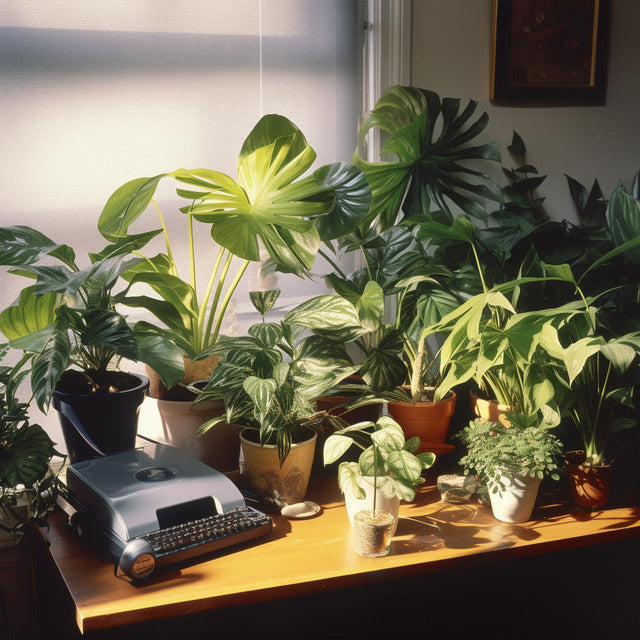Are you planning on moving your indoor plants to a new environment or just want to learn more about acclimatisation? Then you've come to the right place! Acclimatisation is key to ensuring that your plants thrive in their new environment, whether you're moving them from a greenhouse to your home or changing their indoor location.

Moving plants can be stressful for them, but understanding acclimatisation can make the transition smoother. Acclimatisation is the process by which a plant adapts to changes in its environment. Whether grown in controlled environments like greenhouses or indoor gardens, or in outdoor areas that differ from their native habitat, acclimatisation helps plants maintain growth and enhances their chances of thriving.
Practical Guide on acclimatising
The four main variables that can be adjusted are:
- Temperature
- Light
- Humidity
- Nutrient uptake through different types of soil
In the practical step by step guide below, we explain how to move your plants. Keep in mind, this approach may not be suitable for newly acquired young plants or those really recently shipped.
- Change One Element at a Time: To make sure your plants settle into their new environment smoothly, change one element at a time. For example, if you're moving plants from a greenhouse with high humidity to a plant room with lower humidity, keep the light and temperature the same. Gradually increase the time your plants spend in their new environment, and if they show any signs of distress, simply move them back to the greenhouse and try again later.
- Increase Watering in Drier Environments: When moving plants to drier environments, it's important to make sure they're getting enough water. Make sure to use a well-draining substrate to avoid root rot.
- Keep Environmental Elements Stable: Once your plants are in your living space, do your best to keep the humidity, temperature, light, and air flow as consistent as possible. Sensitive plants like anthuriums and variegated plants may be particularly sensitive to sudden changes.
- Gradually Decrease Humidity: To reach your desired humidity levels, gradually decrease humidity by 5% every two weeks. While tropical plants can survive in low humidity, they may grow more slowly.
💡Key Takeaways
-
Patience is Crucial: Acclimatising plants is a gradual process. Make changes slowly and monitor your plants for signs of stress.
-
Consistency is Key: Once acclimatised, maintaining stable environmental conditions will help your plants thrive.
- Customise Care: Research the specific requirements of each plant species to provide the best care during the acclimatisation process.
By following these guidelines and being attentive to your plants' needs, you can help them adjust to new environments and continue to grow healthily.
Find similar articles:
Plant CareMore stories

The Ideal Humidity level for houseplants
